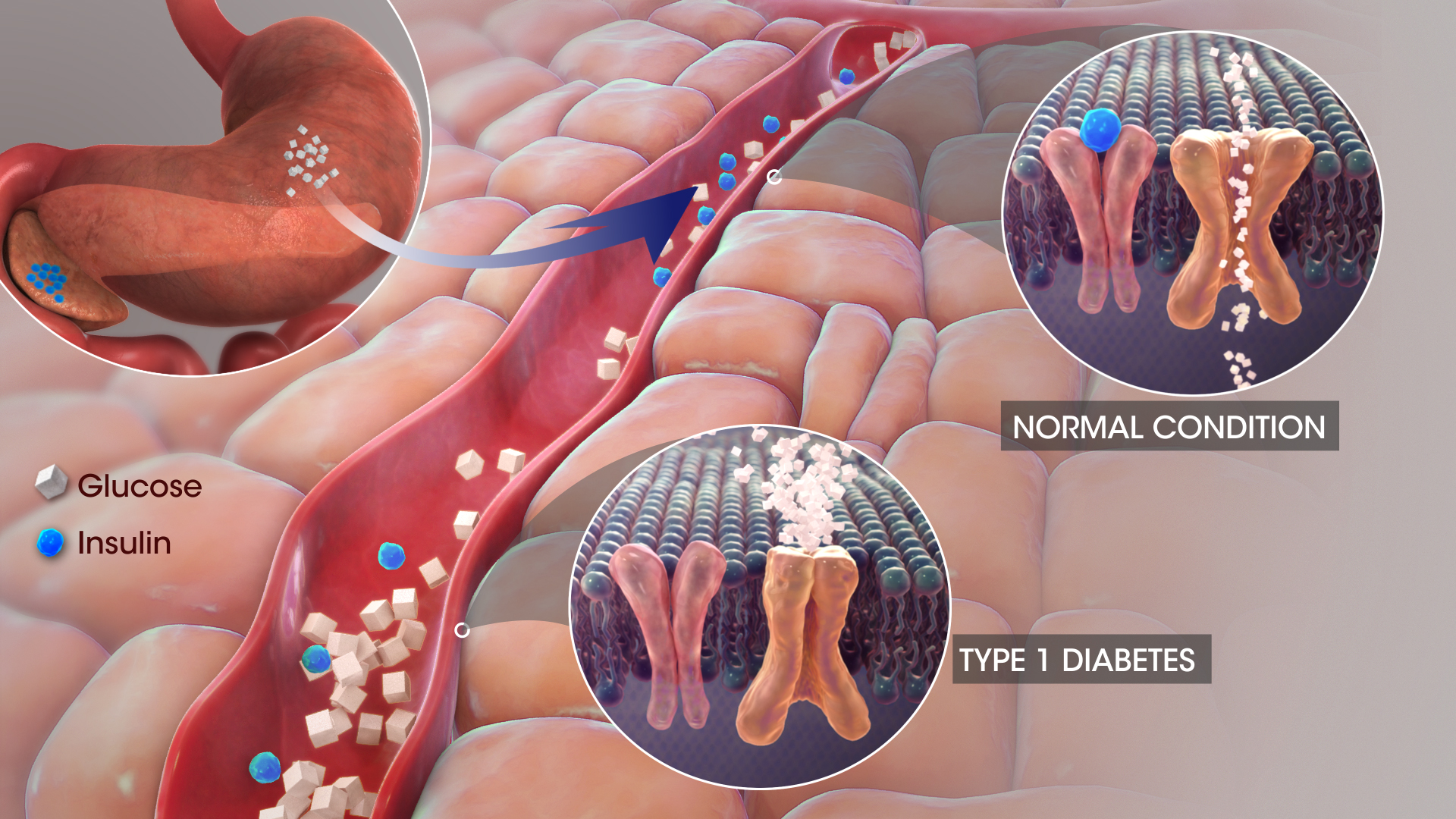Jerry Wheeler, 75, works hard to control his Type 2 diabetes by watching what he eats and working out three times a week because he knows it is easy to get in trouble. “It’s a fine line there,” he said.
So being told he might be able to improve his health by standing on a vibrating platform and maybe taking a supplement sounds too good to be true.
“That would be all right for me,” he said jokingly.
Research at the Medical College of Georgia is looking at a potential intervention for diabetics and related health problems using that method.
Dr. Jack Yu, MCG’s chief of pediatric surgery, and immunologist Dr. Babak Baban were so encouraged by initial studies in animals that they have moved with the university to patent the method of using whole body vibration and a supplement of beneficial bacteria as a potential treatment for diabetes.
The surprising findings happened, as many scientific discoveries do, while looking for something else.
Yu and other researchers were looking into whole body vibration as a potential way to treat or stave off osteoporosis or bone loss most often associated with aging. Massive bone loss is a big problem for astronauts in weightless conditions, and they found that NASA and its Russian counterpart have used whole body vibration as a way to counteract that.
Their own experiments in mice didn’t have the impact on bone that they were expecting, but they did see an overall good effect on the metabolic profile of the mice.
Shifting then to a mouse specially bred to mimic conditions that people experience in obesity and Type 2 diabetes, applying 20 minutes of whole body vibration produced a dramatic drop in A1C levels, a measure of blood glucose over a few months.
With drugs used to reduce those same levels of A1C, “if you’re lucky, it will drop 10%,” Yu said. “But we noticed our drop was almost 30%. So we thought maybe there is something there.”
There was also a “significant” drop in inflammation, which can cause all kinds of chronic problems, which led the researchers to look at the microbiome, the vast constellation of bacteria in the digestive system that controls a lot of diverse functions in the body necessary for life, Baban said.
“From the time of birth, they direct our innate immunity, the microenvironment in our body,” he said.
“Without bacteria, we cannot carry out all of the necessary biochemistry,” Yu said.
They found another surprise: a 17-fold increase in a bacteria called Alistipes, which is normally found only in small levels in people and in mice. The bacteria is more commonly found “in cows, in large animals,” Baban said. It is much more common in animals that eat grass, Yu said.
So the researchers decided to try something else – cutting vibration time down by half and giving the animals the bacteria directly along with a couple of common probiotics. They got the same dramatic drop in A1C and improvement in inflammation, Yu and Baban said.
Chronic inflammation is a problem associated with both obesity and diabetes and has been linked to many other health issues such as heart disease and kidney problems.
The MCG researchers are trying now to set up a clinical trial in people, probably targeting people who are moderately obese and pre-diabetic. Ultimately, it will take a blinded control trial to prove it is really effective. Read more






